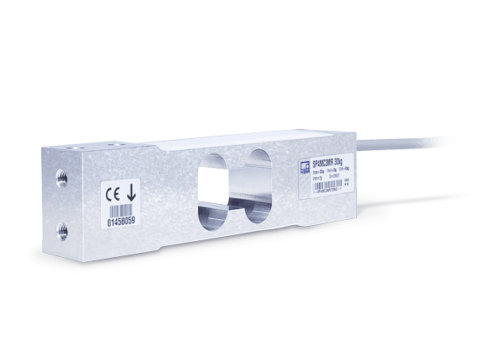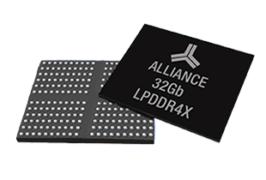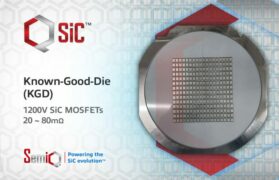Easy to install, fast to develop: The SP4 footprint simplifies the construction of weighing systems — Now the format of success becomes digital.
HBM has made the SP4 footprint an industry standard for platform load cells used throughout the industry. The uniform dimension of the load cells helps machine builders, scales and plant manufacturers remain flexible and to save time and costs during development. With the PW15iA, HBM now offers the world’s first digital load cell with this “footprint.” It is the latest member of a series with six HBM load cells in the SP4 footprint that optimally complement each other in their application—from simple weighing tasks to process automation.
“Shortening development times, simplifying installation, designing downwards, and remaining flexible in equipping weighing systems, the unit footprint of load cells offers machine and plant manufacturers fundamental advantages,”
says Thomas Langer, International Product Manager for Weighing Technology at HBM. “Based on the SP4 footprint, HBM has developed innovative products, setting a standard for platform weighing cells in the industry worldwide. With the PW15iA, the format now becomes digital. “A footprint describes the dimensions of a load cell that are decisive for the installation: the dimensions of the upper and lower stop surfaces, the height, the position and distances of the threads for the screw connection and the Gewinde sizes. Weighing cells with the same footprint can be replaced without any constructive adjustments. For example, weighing systems can be easily adapted to different requirements such as rated load, protection class and accuracy class.


Successful industry-wide for decades: the SP4 footprint
A format for platform load cells has become particularly established in the industry over the past two decades: the SP4 footprint. Its dimensions are defined as follows: 150 mm long, 40 mm high and 25 mm wide, six M6 threaded holes for installation, and another M6 thread and fine thread for integrating an overload stop. HBM used the format for the first time for the load cell SP4M, which was presented by the metrology specialist in the early 1990s.
“It is one of the best-selling flat load cells on the market. The load cell is so successful that other manufacturers took over the dimensions of the SP4M — and continue to build on it today,”
says Thomas Langer. With the PW15iA from HBM, the successful format is now digital, making it easier to develop complex systems. Automated applications can be easily implemented with programmed functions, for example for checkweighing and for filling and dosing applications. If bottles in filling systems do not have the correct weight after filling, the load cell recognizes this automatically and now sends a digital signal directly to the sorting unit, which removes the defective bottle from production. The previous detour via the control unit is eliminated. This direct communication between the sensor and the actuator is much faster, thereby improving the throughput times and productivity of the systems. This consequently saves time and costs. In addition, the algorithms already stored in the load cell substantially reduce the development times. Parameterization of the PW15iA load cell is easily possible via the HBM PanelX software.
Cheap and fast weighing systems
The new digital platform load cell eliminates the need for additional meter electronics, such as measuring amplifiers; further costs can be saved and less space in the control cabinet is required.
„The example of the PW15iA shows an additional advantage of the uniform footprint: Mechanical and plant engineers have the opportunity to introduce new technologies such as digital weighing in parallel with proven systems,










